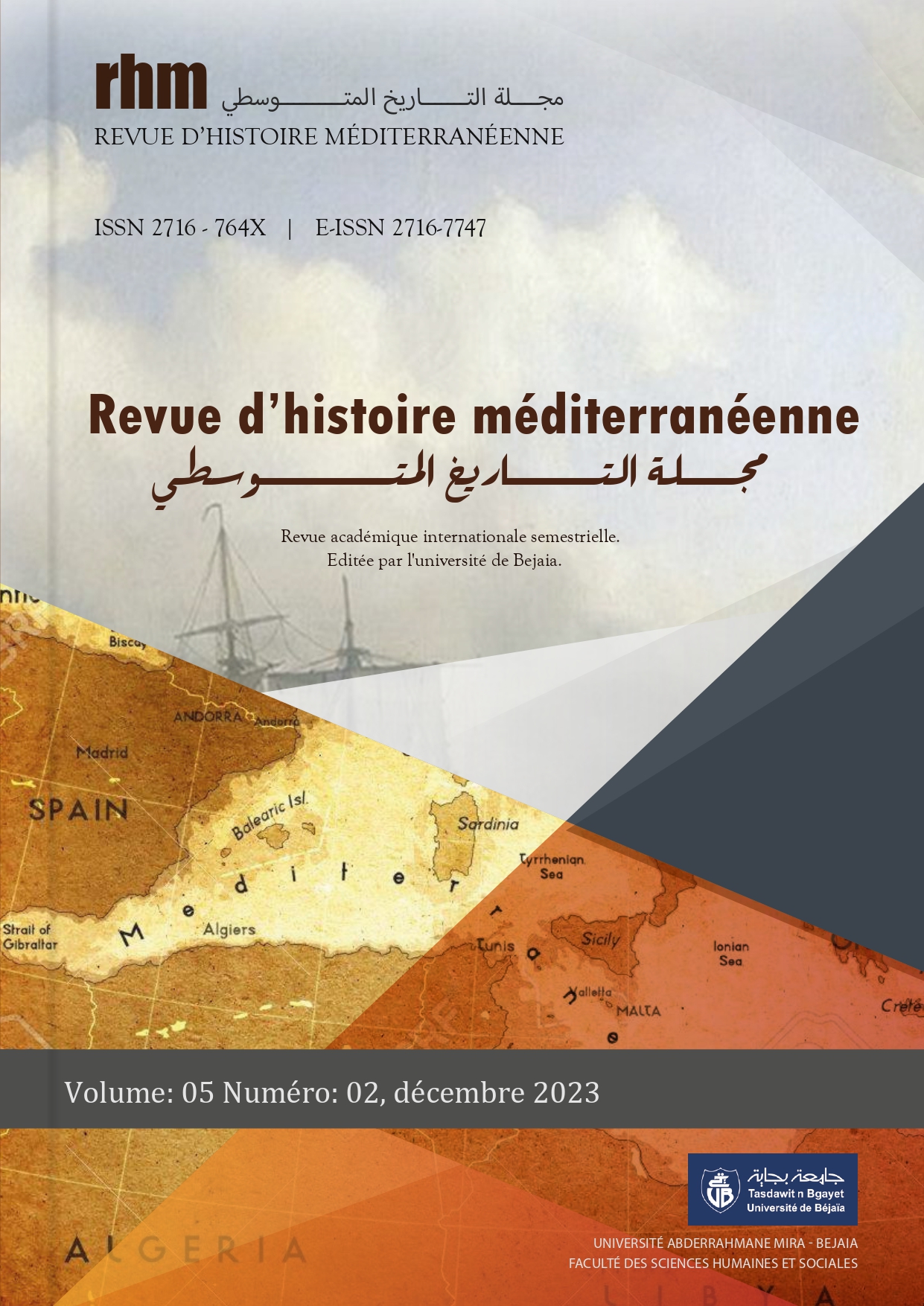The population and the practice of economic activities in ifriqiya in the 4th century AH through the book of ālnūādir ūālzīādāt by ābn ābī zīd ālqīrūānī (d: 386 Ah/996AD
Abstract
This study aims to shed light on the structure of the Islamic city in Africa and the location of economic activities within residential plans, to identify the permitted economic activities, prohibited economic activities, and unauthorized economic activities, and to understand the residents' stance on encroachment on their areas of private and shared exploitation. It also aims to examine the governing systems of economic activity in the Islamic city, specifically the authority responsible for resolving disputes in the private urban sector related to individual properties. The study explores conflicts occurring in shared urban units such as alleys and non-passable lanes between residents and owners of economic activities, especially considering that the further we move from the city center towards residential neighborhoods, the less the political authority's control with all its active components and the more the influence of religious law and custom increases.
Keywords: Economic activities, Residential plans, The residents, The Islamic city
Downloads
Published
How to Cite
Issue
Section
License

This work is licensed under a Creative Commons Attribution-NonCommercial-NoDerivatives 4.0 International License.





